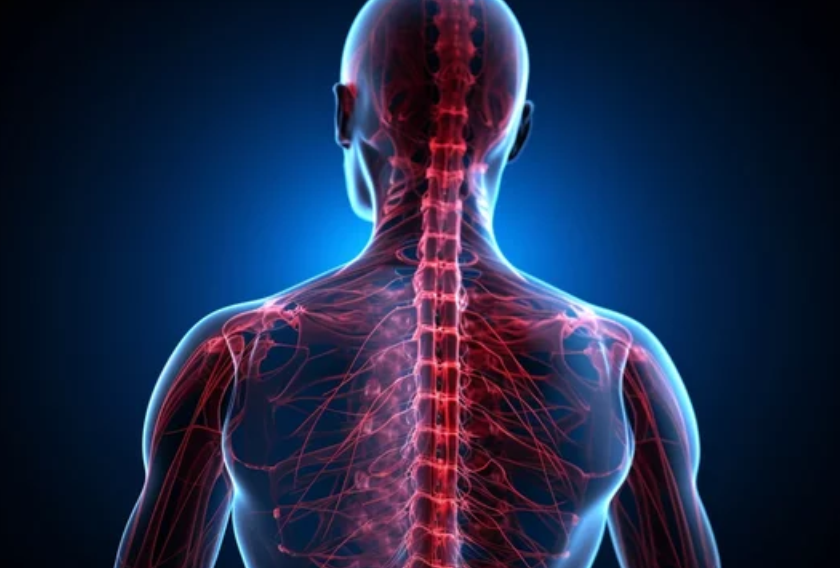Myelopathy is a condition that affects the spinal cord, leading to a range of symptoms and functional impairments. It can be a debilitating condition, but with proper understanding, diagnosis, and treatment, many individuals can find relief and improved quality of life. We will discuss the causes, diagnosis, and available treatments for myelopathy in this blog post.
Causes of Myelopathy:
Myelopathy can have various underlying causes, but it is primarily associated with compression or damage to the spinal cord. Some common causes include degenerative changes in the spine, such as herniated discs or spinal stenosis, trauma or injury to the spine, tumors or growths within the spinal cord or nearby structures, infections, and inflammatory conditions like multiple sclerosis.
Diagnosing Myelopathy:
Diagnosing myelopathy begins with a comprehensive medical evaluation. A medical professional will perform a comprehensive physical examination and obtain a detailed medical history. To view the spine and find any structural irregularities or spinal cord compression, imaging procedures like X-rays, MRIs, or CT scans may be ordered. To evaluate nerve function, further procedures such as nerve conduction studies or electromyography (EMG) may occasionally be carried out.
Treatment Options for Myelopathy:
The treatment approach for myelopathy depends on its underlying cause and the severity of symptoms. Here are some common treatment options:
- Conservative Management: Conservative measures may be utilized in moderate myelopathy patients or when surgery is not advised. This can involve pain management medications, lifestyle changes to lessen spinal strain, and physical therapy to increase strength and mobility.
- Surgery: Surgery is often necessary for moderate to severe myelopathy or when conservative treatments do not provide relief. The goal of surgery is to decompress the spinal cord and alleviate pressure.Herniated disc removal, spinal canal enlargement, and instrumentation-assisted spine stabilization are among the surgical procedures that may be performed.
- Medications: Medication may be recommended to treat underlying disorders or manage symptoms, depending on the origin of the myelopathy. For inflammatory myelopathy, for instance, anti-inflammatory or disease-modifying medications may be utilized.
- Physical Rehabilitation: For many myelopathy patients, physical therapy is an essential part of their recovery. Strength, mobility, and general function can all be enhanced by therapists with the use of focused exercises and rehabilitation regimens.
- Pain Management: Chronic pain is a common symptom of myelopathy. Pain relief methods, such as drugs, injections, or nerve blocks, could be suggested to reduce discomfort and enhance the patient’s quality of life.
In conclusion, myelopathy is a condition that can have a significant impact on a person’s life, but there are effective diagnostic and treatment options available. Early diagnosis and intervention are essential to prevent the progression of symptoms and improve outcomes. If you or a loved one is experiencing symptoms suggestive of myelopathy, it is crucial to seek medical attention promptly to receive a proper diagnosis and develop a personalized treatment plan.


